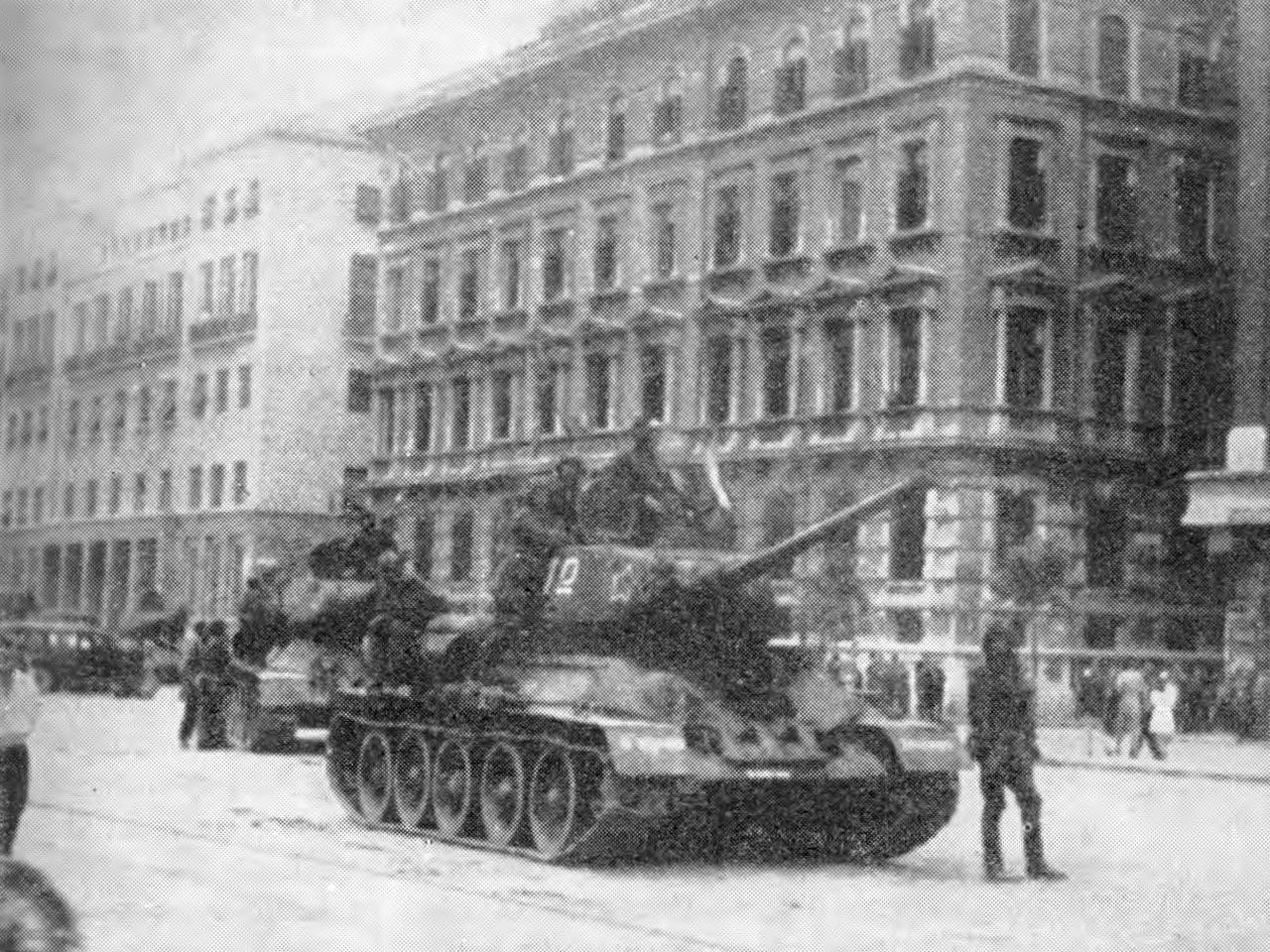The liberation of Trieste
On 30 April 1945, the CLN of Trieste, commanded by Colonel Antonio Fonda Savio, began to liberate the city. The Financial Police and numerous elements of the Civic Guard, already clandestinely organized by the Committee, participated in the assaults against the Germans, with the CLN, while groups of communists had also intervened in the popular districts and in the peripheral areas. The partisan groups controlled by the Slovenian movement did not participate in the violent clashes that followed one another in the central areas, which, on the other hand, were active in the peripheral districts and in the Karst.
The IV Army of the Yugoslav Army, an ally of the Anglo-Americans, the IX Korpus of Slovenia, also composed of Trieste, and the partisan forces already present in the city liberated Trieste from the Nazi occupation in the night between 30 April 1945 and 1 May.
The Yugoslav occupation
On the morning of 1 May, Trieste was reached by the first partisan avant-gardes from Tito, followed by the IX Corpus of the Yugoslav army, also under the orders of Josip Broz Tito, not present in the theater of operations.
The union between the Italian insurgents and the avant-garde of the Yugoslav IV Army took place in the center of the city, around 9.30 am, between an advanced unit, under the orders of Lieutenant Božo Mandac and the partisan commander Ercole Miani accompanied by other representatives of the Committee. The Yugoslavs had intended to attack the last German strongholds, but a few hours later, instead of availing themselves of the support that the Italian partisans of the CLN had assured them, they ordered them to hand over their weapons. Some Italian units refused to do so and there were accidents and fire fights between the latter and the Yugoslavs (in Roiano and Rozzol). On the afternoon of May 2, the vanguards of the New Zealand armored units commanded by General Bernard Freyberg entered Trieste; with their arrival, the last remaining German garrisons still standing in the city stopped firing and surrendered.
The Yugoslav troops that entered Trieste settled there. Thus began the forty-three days of Yugoslav occupation of the city. In the first days of May, a political commissioner for Trieste was appointed by Tito, Franc Štoka, a member of the Communist Party. He proclaimed Trieste an autonomous city within the future Federal Republic of Yugoslavia. The display of the Yugoslav flag was imposed alongside the Italian one in the main public buildings and the local time zone was standardized to that of neighboring Slovenia. Many members of the CLN were forced to hide, fearing reprisals, others preferred to leave the city clandestinely. The curfew lasted until almost the end of May, despite the war being over for a few weeks.
On the fifth day of the Yugoslav occupation, an exasperated crowd took to the streets to demonstrate in favor of the return of Trieste to Italy. The demonstration was organized by the CLN which intended to build a unitary democratic front around itself to ask the allies to remove the Titoites from the city. Yugoslav troops opened fire on demonstrators, killing five. In those hours the New Zealanders of Freyberg did not move from their neighborhoods and the port, which they had previously occupied (together with the main communication routes for Austria), thus avoiding any reason for friction with the Titoites. The occupation ended, by virtue of the Belgrade agreements, only on June 12, 1945, when the Yugoslav troops definitively abandoned Trieste. The over forty days of Slavic presence in the city were perhaps seen as a moment of liberation by most of the Slovenian community living in Trieste. For the majority of the local community of Italian language and sentiments, the Yugoslav occupation instead took the form of a period of mourning and oppression and, as such, would forever enter the historical memory and collective imagination of many Triestines.








